I have two 9 V, 300 mA wallwarts and would like to connect them in series to produce +9 V, 0 V and -9 V. This can be done with two 9 V batteries (as seen below), but can I do this with two non-identical wallwarts?

I have two 9 V, 300 mA wallwarts and would like to connect them in series to produce +9 V, 0 V and -9 V. This can be done with two 9 V batteries (as seen below), but can I do this with two non-identical wallwarts?

This will work. Wall warts typically have a floating ground so that you can use them for purposes like this.
Yes, this will work fine.
The issue with two different wall warts is that they will have different current capabilities. You have already said they are both 9 V wall warts, so their voltages will be the same.
When you are using your ±9 V supply end to end, meaning you are using it as a 18 V supply, then the current capability is the lower of the two wall warts. For example, if one is 9 V and 1 A, and the other is 9 V and 500 mA, you only get 500 mA at 18 V when you put them together. Trying to draw more could actually damage the 500 mA wall wart.
When you are using the +9 and -9 V outputs of the supply seperately, then the current budget for each part is whatever that wall wart can do. Using the above example assuming the 1 A wall wart is driving the +9 V, then you can draw up to 1 A from +9 V to ground, and -500 mA from -9 V to ground. If you needed more current from the negative supply than the positive, you can flip the wall warts around and put the 1 A one on the negative side.
The following is copied/pasted from here. I wanted to make sure those issues were listed in this post as well.
Edit/note: The safest is 2 terminals plus Earth connected to case, and Line-Neutral of primary isolated from secondary. This way even if there is a fault, the residual current devices of your house will trigger. 2 terminals which are isolated from the primary, Earth absent, is safe in the absence of fault but dangerous if there is one. 2 terminals which are not isolated from the primary, Earth absent, is generally very risky: consider a very simple voltage divider as an example, and imagine the bottom one breaks - the entire line voltage is present at the output...